Results
Filters
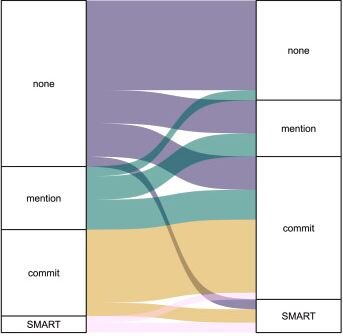
This study explores trends in the biodiversity commitments of Global Fortune 100 companies and firms which have made recent ‘net impact’ commitments. It reviews challenges to overcome in delivering equitable and positive outcomes and summarizes the key elements required for businesses to achieve nature-positive alignment.
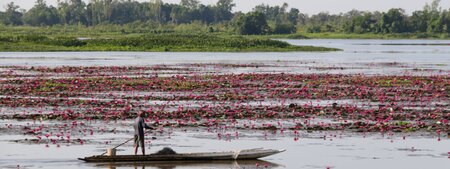
Nature positive is intuitive, appealing and apparently simple. But while the concept may seem simple, achieving it is not. Moving towards nature positive will mean transformative shifts - for companies and the economic systems in which they operate.

Well-designed credit systems could help connect the surge in corporate interest in biodiversity with field-based conservation to unlock new and enhanced funding streams.

Whether a company is aware of its potential nature-related risks or just getting to grips with how it impacts and depends on biodiversity, the success of strategy, targets and actions will rely on the availability and quality of data.
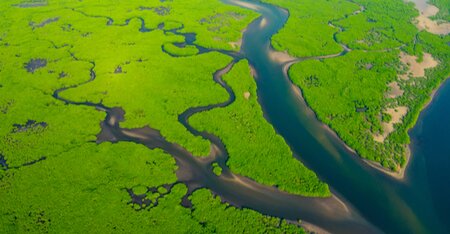
A shared global goal and a new way of thinking about sustainability. Nature positive has set down roots in the business world and is laying out a challenge to those companies that want to lead on sustainability.
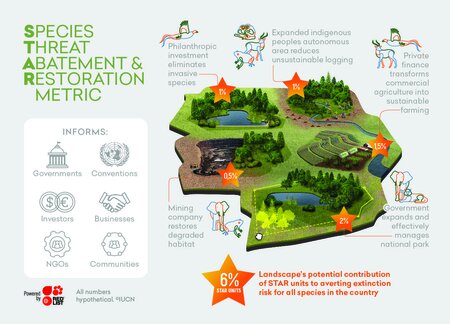
STAR, the Species Threat Abatement and Restoration metric, gives businesses, financiers, investors and governments a practical and comparable tool to quantify how specific actions at specific locations can contribute to global targets on species extinction.
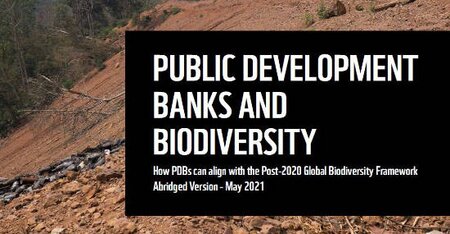
This new report published by WWF-France summarises a TBC-led study on how PDBs could support greening finance and financing green. It outlines five key actions PBDs can take to shift finance from potentially harmful activities to those which offer nature positive outcomes.
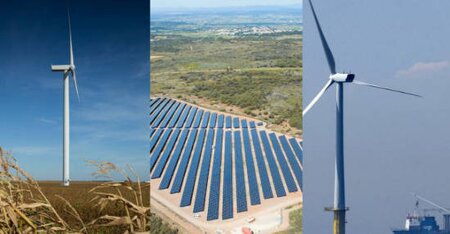
Renewable energy is key for the transition to a low-carbon future, but even clean energy sources can have significant unintended impacts on the environment if not managed and mitigated appropriately.
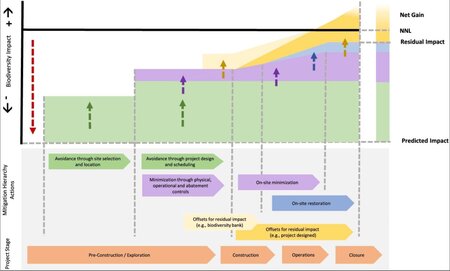
From automation to traceability and remote sensing to eDNA sampling, technology use for conservation holds the promise to help businesses better understand baseline values, and predict, mitigate and...

